Nokia Lumia Icon Review
Our full review of Verizon's new flagship Windows Phone
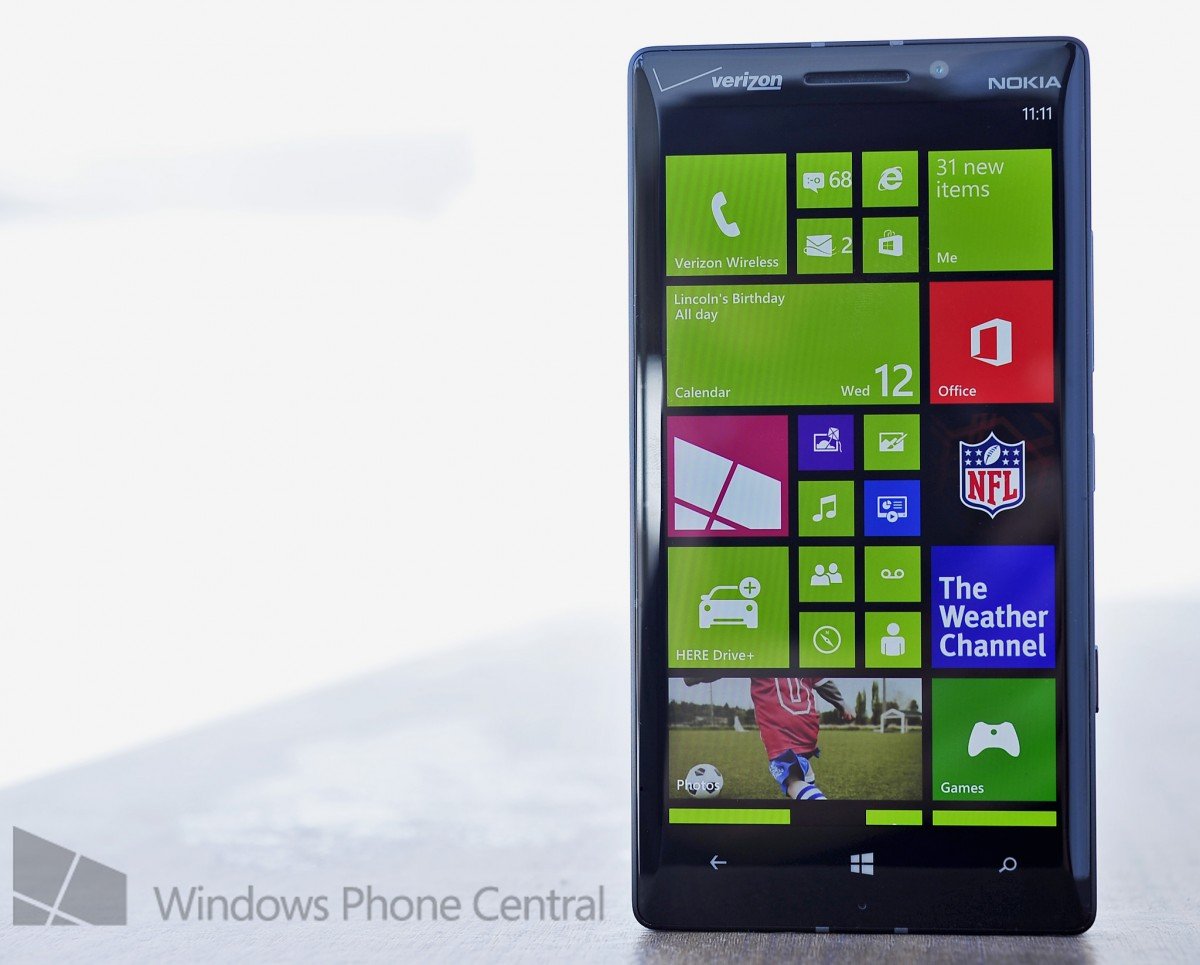
On February 20th, Nokia and Verizon are bringing the highly anticipated Lumia Icon to market. The phone has been rumored for months, even going by the previous moniker of Lumia 929. But now it is finally getting the spotlight treatment.
For all intents and purposes, the Lumia Icon is a Lumia 1520 jammed into a smaller, more nimble device. With a more practical 5-inch 1080P display, 32 GB of internal storage, Qi wireless charging and a whopping 20 MP PureView camera, all in a body that is only slightly taller than its predecessor, the Lumia 928, it’s hard to see how this phone could fail.
So, does the $199 device live up to the hype? Is this the ultimate Nokia Lumia? Read our full review for all of the details and watch our video hands on, after the break!
History
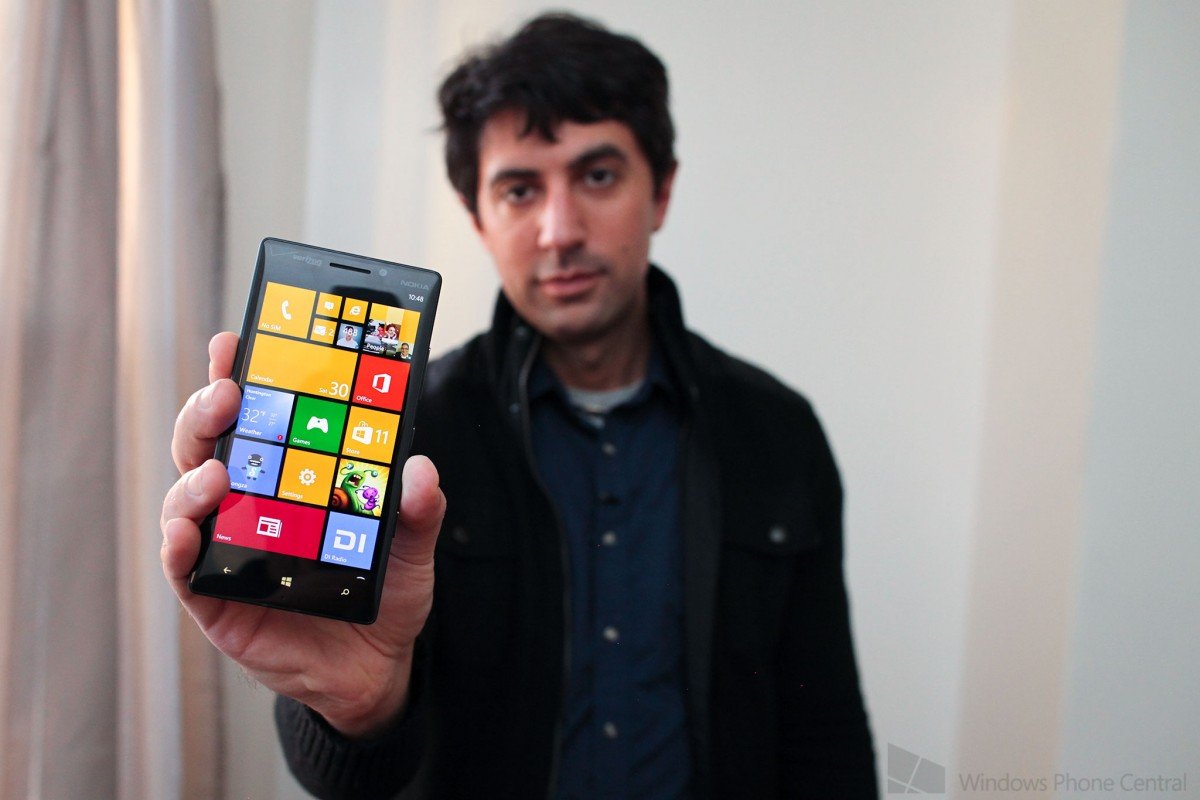
Going way back to September 2013, rumors of a smaller, sister device to the Lumia 1520 – which itself was still a rumor – began circulating. A few months later, the haze cleared and what remained was the Lumia 929, a grown up version of Verizon flagship phone from earlier that year. The Lumia 928 was itself an interesting phone, a device inspired by the Lumia 920 but with an OLED display and a new Xenon flash. So a follow up was highly desirable.
The leaks of the Lumia 929 continued to flow with release dates coming and going. Unfortunately, the Lumia 929, which was later renamed to the Lumia Icon, never appeared in 2013. Well, at least not by Verizon directly. The phone did make its way, albeit briefly, to a Chinese retailer. Indeed, I’ve had the device for weeks now, thoroughly enjoying the phone on Verizon’s rapidly growing LTE network here in New York.
Luckily for Verizon customers, the phone goes on preorder today and will be available next week for $199 on a two-year contract. It’s been a long wait, and many phones have been released since the Icon was first rumored. Is it too late though?
| Featuring the same specs as the Lumia 1520, the Lumia Icon is much smaller and easier to handle. It has cutting edge hardware, a great 1080P display and an impressive 20 MP camera. | The Lumia Icon is only on Verizon, with no chance of going to other carriers. The design is a bit uninspired, with only black or white colors available. No Glance screen support. |
| Many people shied away from the Lumia 1520 due to its massive size. The Lumia Icon from Verizon fixes that, by making it only a hair taller than the Lumia 928. It's packed to the gills with cutting edge hardware, including a 2.2 GHz Quad-Core CPU, making it in many ways, the ideal Windows Phone that many have wanted. |
Specifications
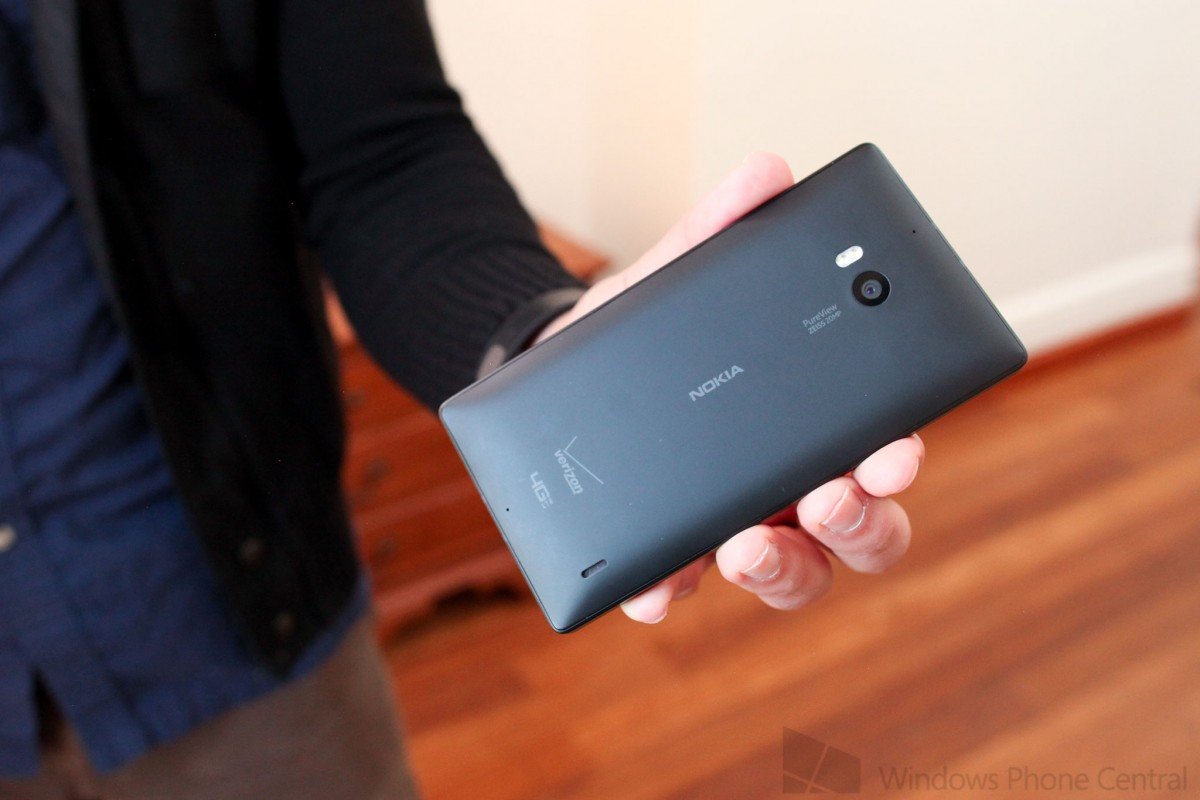
- Windows Phone 8 Update 3, build 10521
- Lumia Black firmware
- 5” full HD 1080p OLED display, ClearBlack, Sunlight readability, Glare-free, Super sensitive touch, Gorilla Glass 3
- Pixel density: 440 ppi
- Qualcomm Snapdragon 800 Quad-Core processor, 2.2 GHz
- Adreno 330 GPU
- Camera: 20 MP PureView, ZEISS optics, OIS, 2x lossless zoom, oversampling, dual LED flash
- 2 GB RAM
- 32 GB internal storage (no micro SD)
- Bluetooth 4.0 LE
- 2420 mAh internal battery with Qi wireless charging
- Dimensions: 5.39 x 2.79 x 0.39 in
- Weight: 166g /5.86 oz
- nano SIM
- Networks: LTE: 700MHz; SVLTE Band 13; Band 4; CDMA: 3G EVDO 850/1900 Rev A with Rx Diversity; Global Ready: GSM (850MHz, 900MHz, 1800MHz, 1900MHz) UMTS (850MHz, 900MHz, 1900MHz, 2100MHz)
Looking at those specs and you have about 90% overlap with the Lumia 1520. Where they do differ, the Lumia Icon surprisingly comes ahead in some areas, at least compared to the AT&T version of the 1520. For instance, you get that coveted Qi-wireless charging, which has become a go-to feature for many users. While there is no expandable storage, 32 GB of built in adequate for most people. Finally, that CPU is one of the latest and fastest around and it simply makes the Windows Phone OS fly.
Get the Windows Central Newsletter
All the latest news, reviews, and guides for Windows and Xbox diehards.
I’ve already covered the 20 MP camera on the Lumia 1520. It’s the same here. While it’s not as powerful as the monster shooter in the Lumia 1020, it doesn’t need to be, it’s simply an awesome camera on its own.
There’s really nothing to not like about the Lumia Icon in terms of specs. It can easily go toe to toe with any high end Android on the market today and yes, it’s relatively future-proof. The Snapdragon 805 isn’t due to until the second half of this year and it’s hardly as groundbreaking as the Snapdragon 800 compared to the 600 series.
Plus, the Lumia Icon will get Windows Phone 8.1 later this year, like all current Windows Phone handsets.
Look And Feel
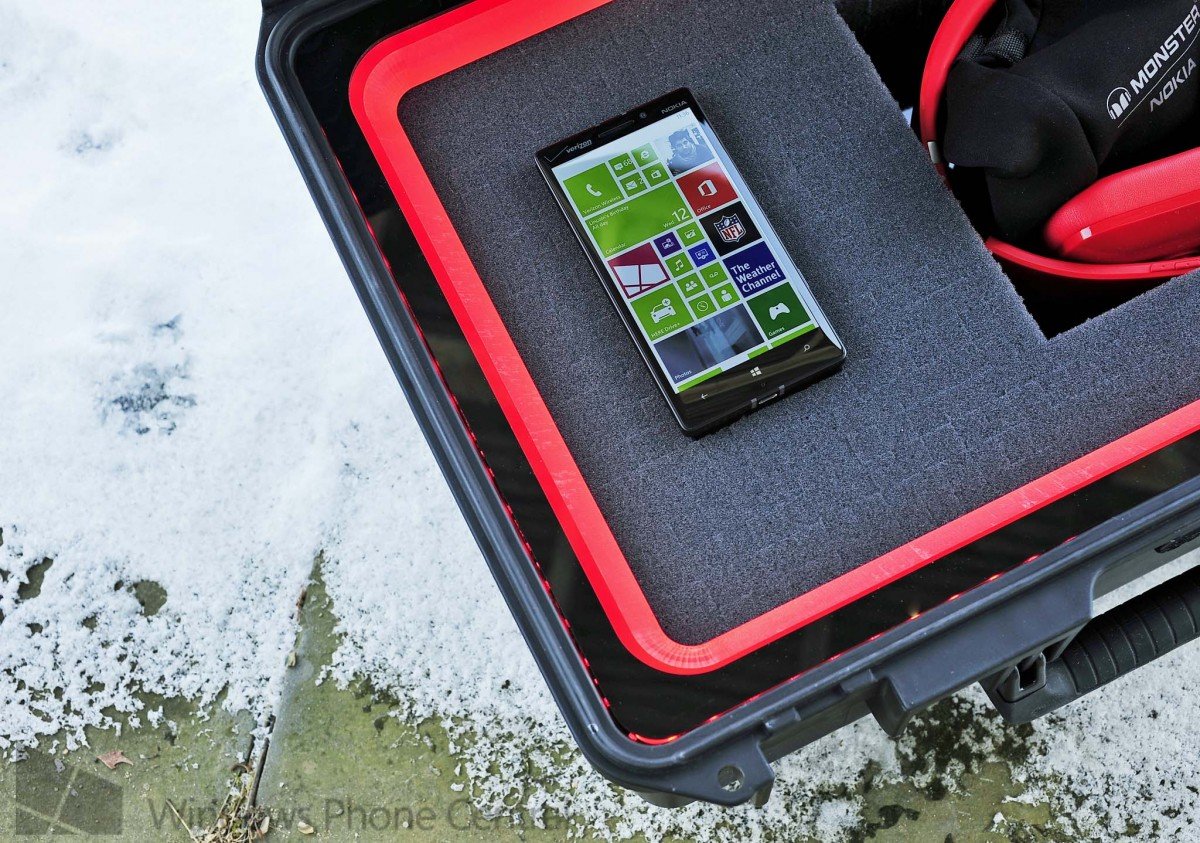
If there was one personal complaint about the Lumia Icon, it’s the same one I had about the Lumia 928: Verizon tends to suck away some of the creative and bold design choices by Nokia, for a more conservative approach. No yellow or red phones here, instead you get either white or black. And while the back of the Lumia Icon is ‘ergonomically curved’ to our liking, the overall design is a bit generic.
But that’s a personal, aesthetic choice. Many people in fact desire a low-profile phone and let me be clear, there’s nothing about the design that is bad in that it hurts the Lumia Icon. It’s just really nice. Not exciting, but really nice. Who am I to tell you that you need a bright yellow phone? Go all matte black or be ‘outrageous’ with white. Either way, you’re getting really good hardware.
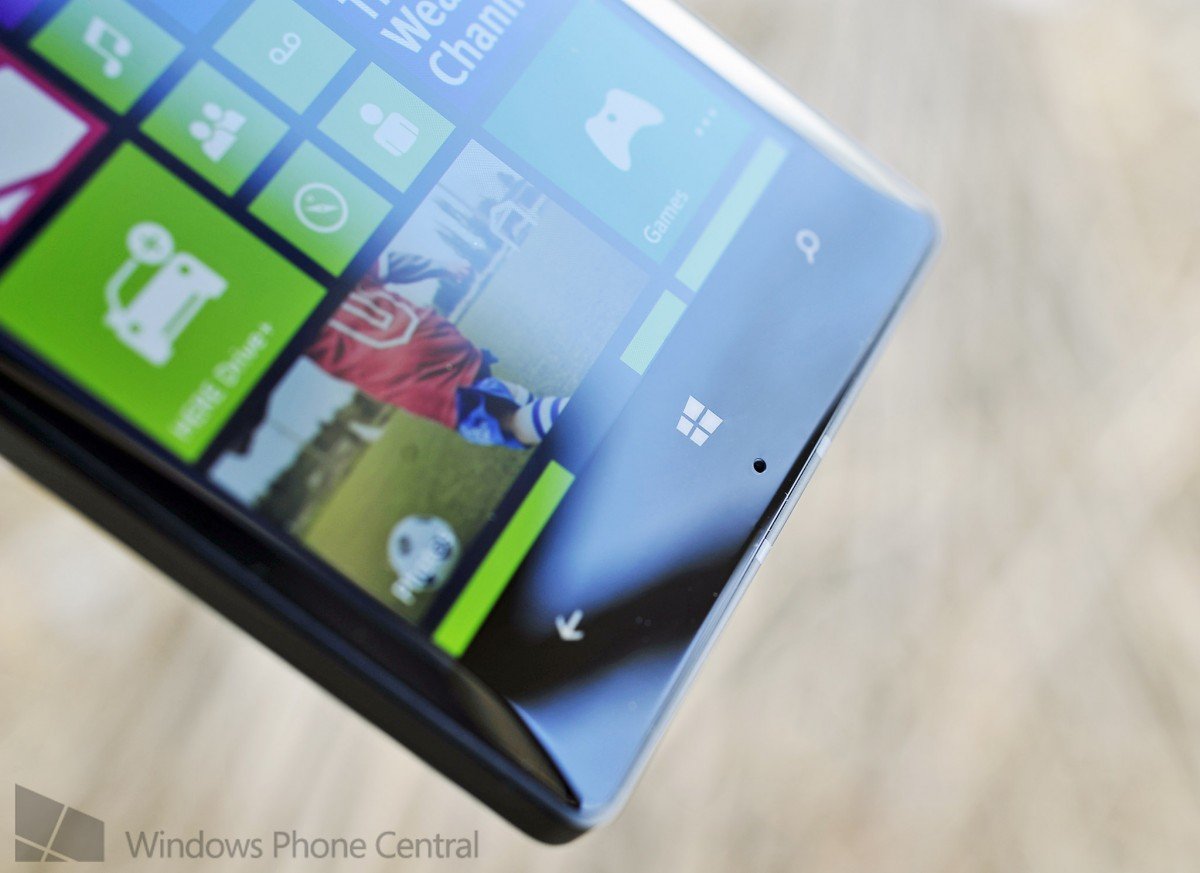
Undeniably, the Lumia Icon is in my opinion leaps and bounds better in build quality over the Lumia 928. That device was very ‘plasticy’ and my phone, months later, has some awful creaking. Not so with the Lumia Icon. The reason? Nokia opted for a metal chassis with a polycarbonate back. It was a brilliant decision as the Icon feels much sturdier this time around. It’s cool to the touch on the sides, but the back is a welcome non-glossy design that lends itself to being cradled in your hand.
Yes, Nokia and Verizon have the familiar ‘pillow’ design that we saw with the Lumia 928, it’s just better this time around with a higher quality build.
The display is the familiar curved glass that we’ve seen on other Lumias. It feels great to use, being smooth to the touch. We’ll have more on the display below.
Moving to the sides, we have the volume rockers, power button and camera shutter on the right side with no button the left. The buttons are ceramic, with a chilly metal feel to them. They’re sturdy, easy to discern without looking, and they feel great when depressing them. No complaints.
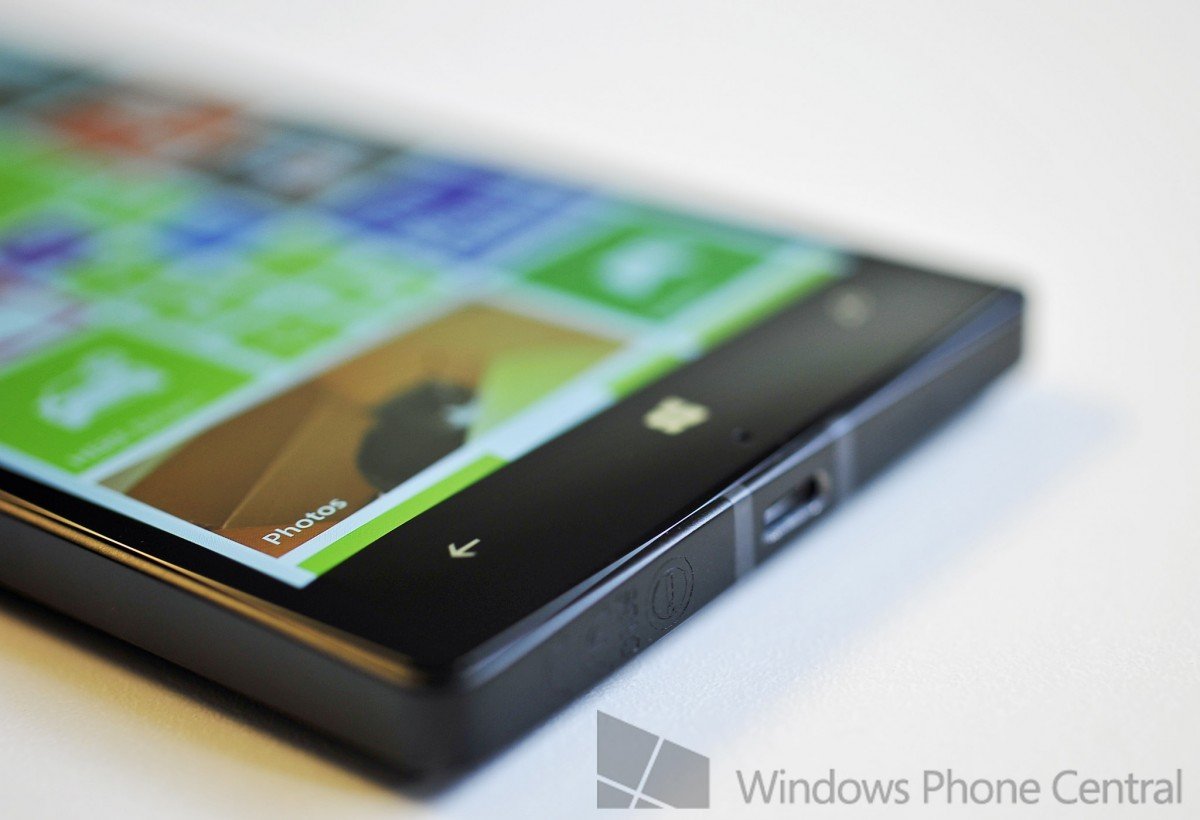
On the top of the device you have a 3.5 mm headphone jack in the middle and on the opposite end (bottom) you have the familiar micro USB port for charging or connecting to a PC for syncing. Both are accented with grey bars, which is an interesting design choice.
On the front, you have backlit keys for Back, Start key and search keys. They look good and have fairly even lighting. Near the top front you have the earpiece and front-facing camera along with the Verizon and Nokia logos. The keys have a haptic feedback with a short, solid vibration.
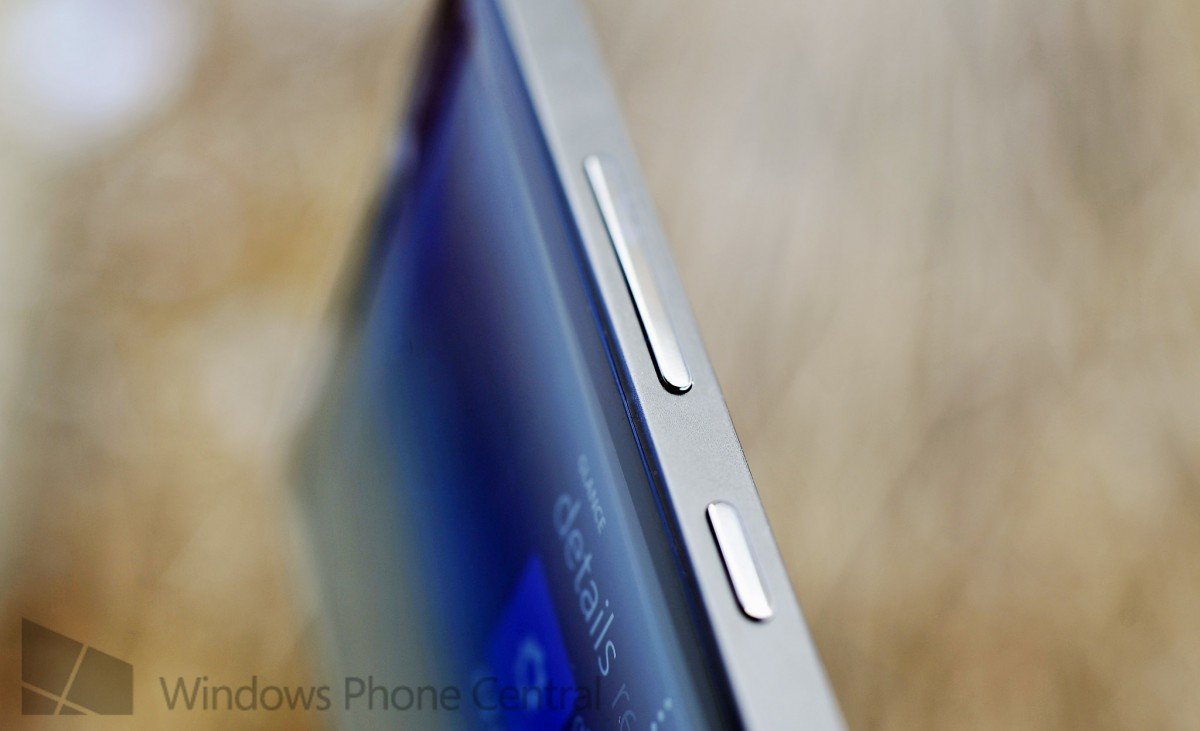
The back of the Icon is clean with the 20 MP PureView ZEISS camera, dual LED flash microphones. The metal accent strip of the Lumia 928 is gone, and instead it’s just smooth polycarb on the back.
Speaking of microphones, you have four digital high-dynamic-range mics on the Icon (also known as High amplitude Audio Capture, or HAAC). It’s the same setup as the Lumia 1520 and they allow high quality stereo recording with distortion free audio, perfect for concerts or loud events.
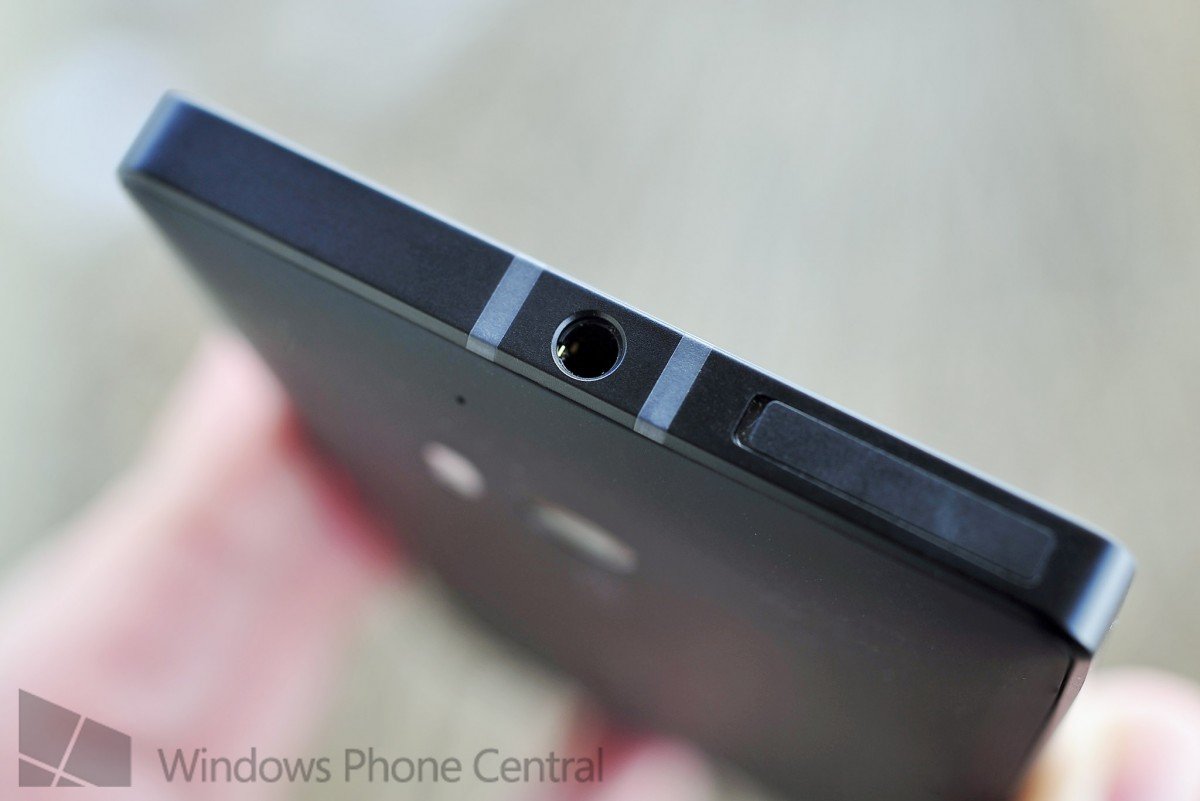
Verizon and Nokia are pushing the Lumia Icon as a media device, perfect for movies and photos. It’s a good sell.
But is it too big?
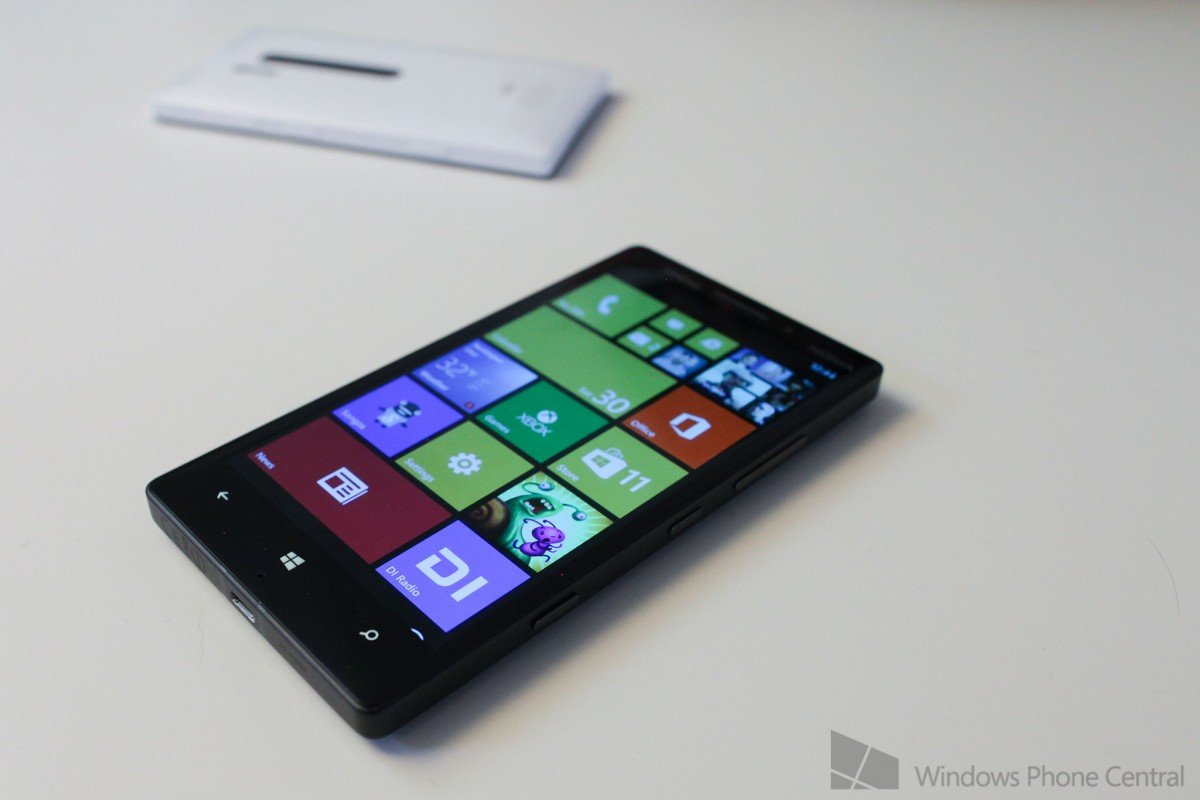
With the Lumia 1520 review, I focused heavily on the size, since it is a rather enormous device. What about the Lumia Icon?
It’s perfect.
I have no problem recommending this phone’s size to anyone. Comparing it to the Lumia 928, it’s practically the same phone, it’s just the Lumia Icon is a smidgen taller. That’s remarkable when you consider you getting a 1/2 inch larger display that’s higher resolution, a 20 MP camera (versus 8.9 MP) and you get a bigger battery (420 mAh more with the Icon). It goes to show you how moving to the Snapdragon 800 and some newer tech can result in a more powerful phone, without sacrificing size.
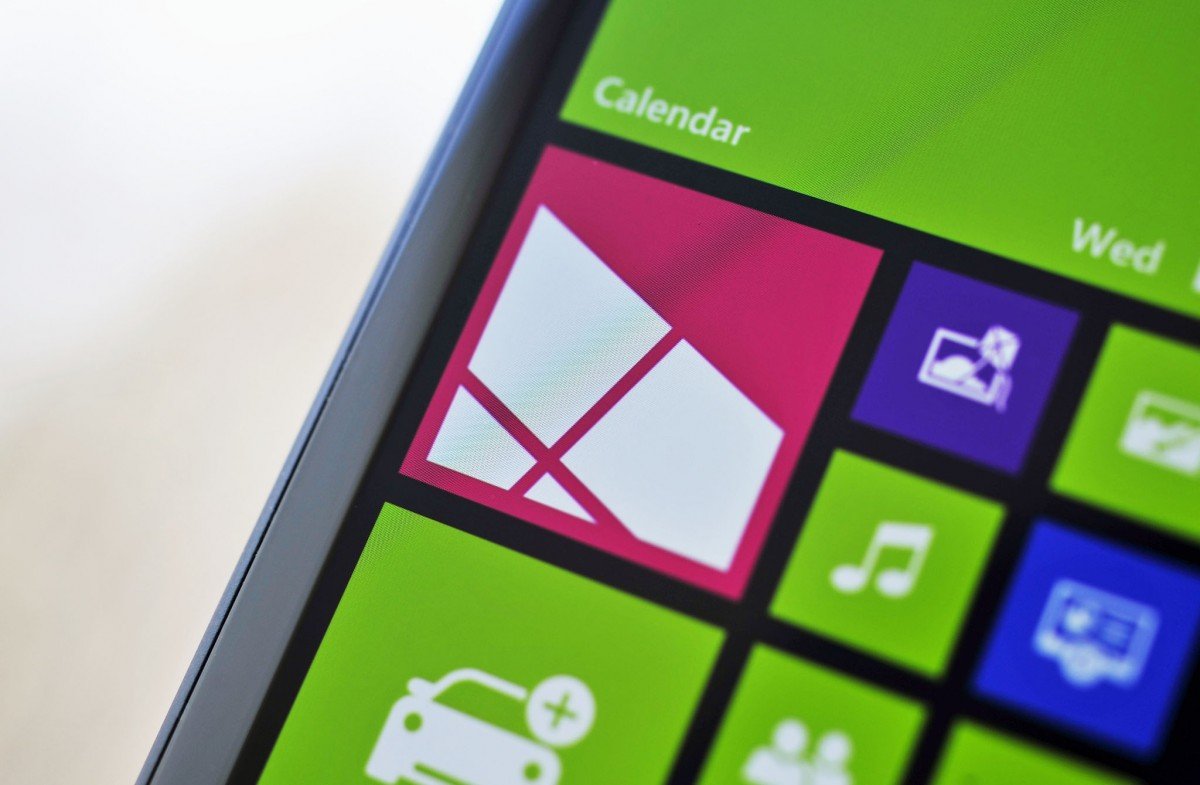
And weight? The Lumia Icon is 166 grams, which is just 4 grams more than Lumia 928. That’s essentially nothing and it’s still much lighter than the Lumia 920 (185 grams). While I wouldn’t say the Icon is lite, with its metal frame and quality build, the device feels…balanced.
Using the Lumia Icon one-handed? Check. While those with small hands may struggle, I’d say that moderate sized hands will have no issue using the phone with one paw, being able to stretch across the display to tap a Tile. That’s unlike the Lumia 1520, which requires two hands often to use.
5 inches is more manageable than 6
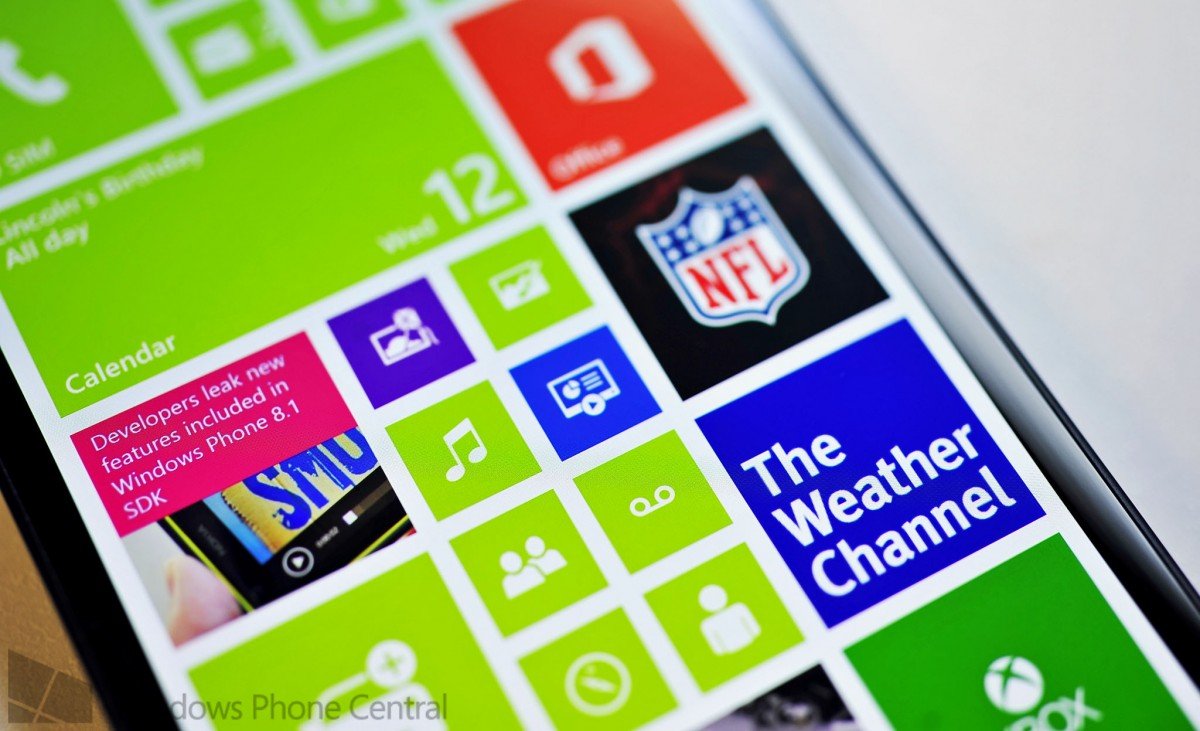
The Lumia Icon opts for an OLED display, the same found in the Lumia 928. But the resolution is bumped to 1080 x 1920 versus 768 x 1280. Windows Phone 8 looked fine at the latter resolution, but with 1080P and a whopping 441 ppi, the OS really shines. Plus, you get that third column of Tiles, which came with Update 3.
The Icon also features Corning Gorilla Glass 3, making it slightly better than the Lumia 1520. It’s smooth, doesn’t leave many fingerprints and it has a 180 degree viewing angle. Combined with the rest of Nokia’s technology like ClearBlack (dual layer polarizer), sunlight readability (super brightness outside) and the vibrant contrast of the Windows Phone OS, the display is nearly perfect.
Sure, some people don’t care for OLED tech over an IPS display, as the former tends to saturate the colors, but Nokia has tossed in their Lumia Color Profile (in Settings) to adjust things to your liking. Make the colors cool or warm, contrasting or neutral. Your choice.
Don’t get me wrong, I’m still stuck on the 1520’s 6-inch display—it’s real hard to go back. But the Lumia Icon just feels right at 5 inches. It’s more, dare I say, normal and if you’re coming from 4.5 inches, you’ll barely notice a change, in a good way.
No Glance screen support
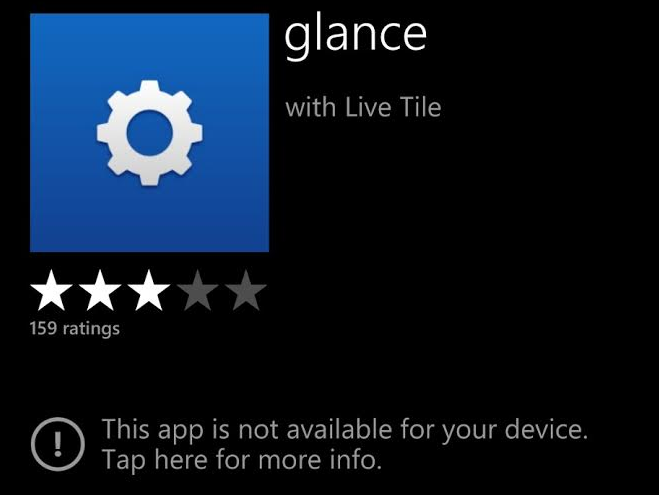
But wait. There is one lame thing about the Icon and that is it doesn’t support the Glance screen. For those who aren’t familiar, Glance is a Nokia technology that allows static information to be displayed on the screen when in standby. It shows the time and with Update 3, can optionally show notifications as well. It’s super useful and with the Glance Background app, you can even customize it with your own images.
But yes, Glance is not available on the Lumia Icon out of the box, nor with any system app updates (e.g. Extras + Info, which did not change the situation). That also means no double-tap to wake, as the two features are intertwined.
Nokia says this is due to “certain hardware restrictions” and they’re not ruling it out in the future, but as of today, the Lumia Icon will remain a Glance-free device. That’s a bit of a letdown, especially for a flagship Lumia, but if you never used it, then there’s nothing to miss. But if you were looking forward to it, then…
Phone
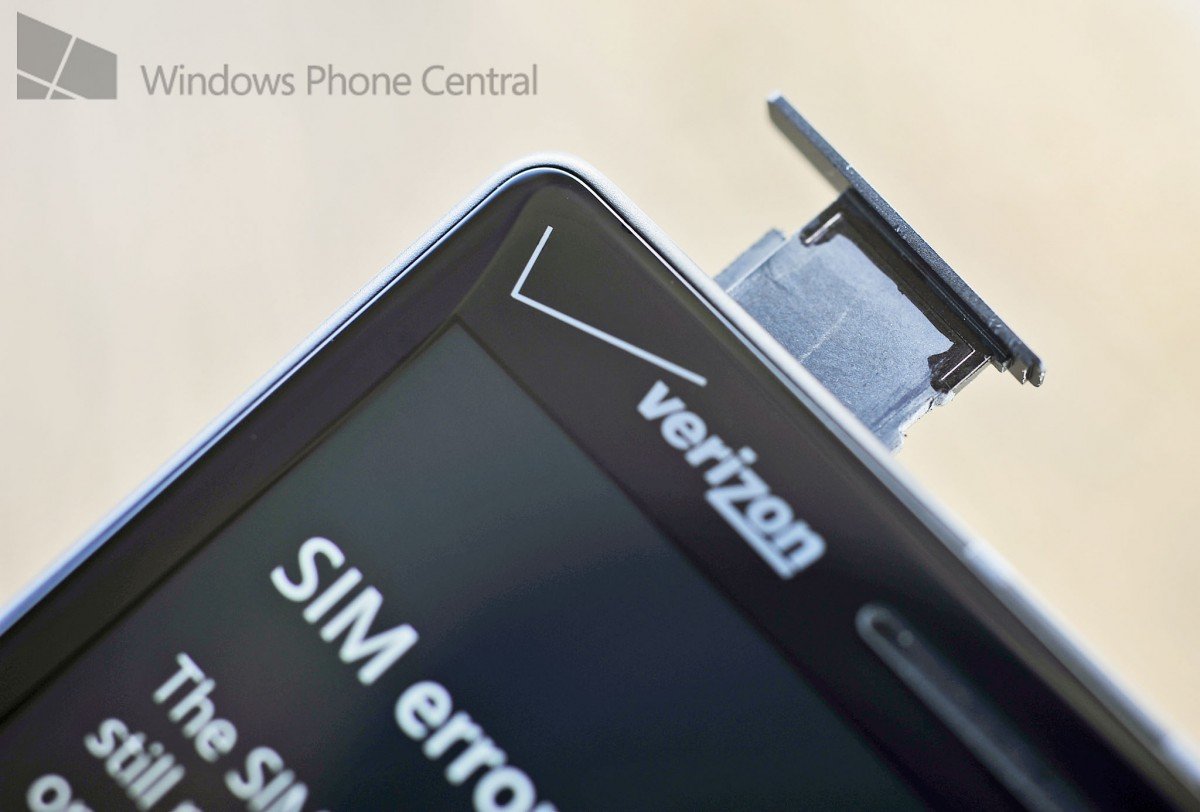
The Lumia Icon, like all Nokia phones, handles calls admirably. While it eschews the big speaker and grill that was featured on the Lumia 928, the Lumia Icon gets a fair rating for a speakerphone. The Lumia 1520, due to its sheer size, still handily wins for best audio quality on pretty much any device I’ve used, including some Androids and iPhones. I suppose Nokia and Verizon had to sacrifice something to get the rest of that tech in there, and the rear speaker was one of those (the other was the Xenon flash).
Phone calls through the earpiece, which is how most people will use the Icon, were above average for smartphones and on par with Nokia’s other Lumias, that is excellent.
Reception was fine, with no dropped calls or issues noted during my testing.
For GPS, the Lumia Icon supports A-GPS and Glonass and they worked very well together, with no problems ascertaining my position quickly.
20 MP PureView Camera
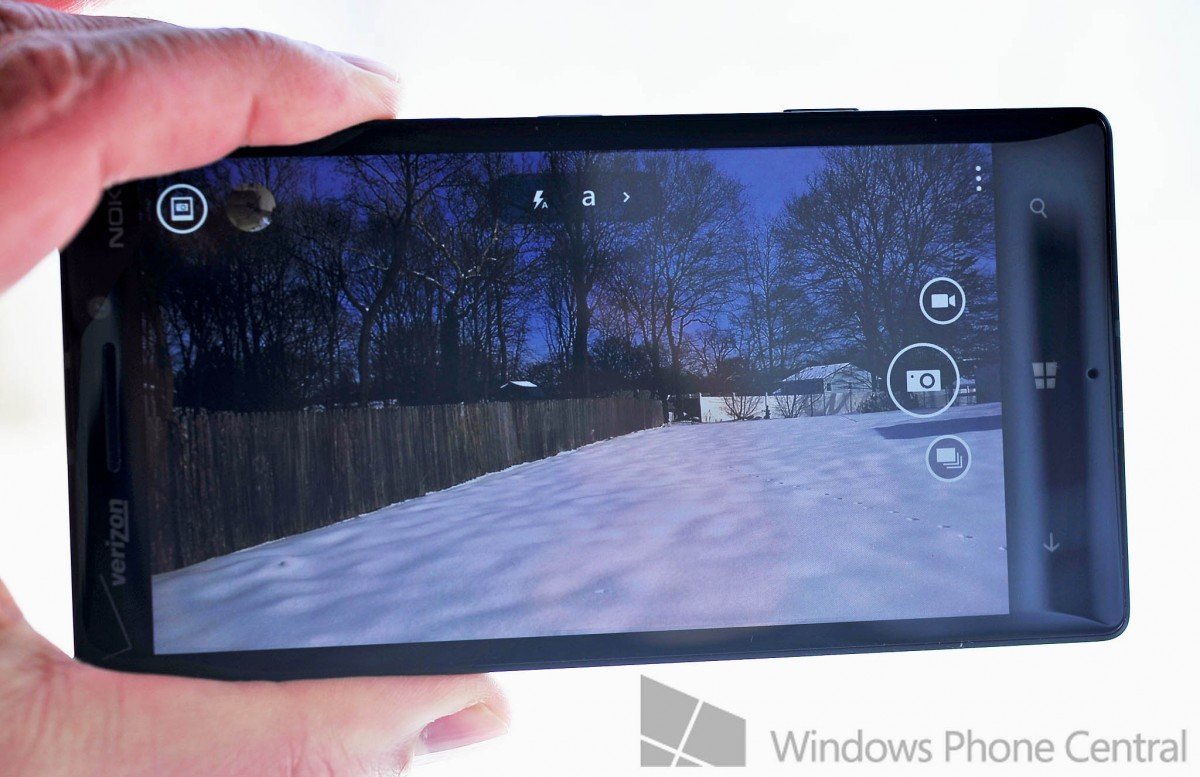
I won’t concentrate too much on the Lumia Icon’s camera, because it’s the exact same one found in the Lumia 1520. Readers of this site know probably know I have pretty much every Lumia made and while I appreciate the Lumia 1020’s massive 41 MP camera, I more often than not find the Lumia 1520’s 20 MP camera with ZEISS optics more than adequate for my everyday needs.

The same is true with the Lumia Icon. But let me delve a little into the specs:
- Optical Image stabilization
- f/2.4, wide angle lens
- Dual-capture: 5 MP oversampled + 19 MP (4:3) or 16 MP (16:9) full resolution images
- Dual LED flash for Images and Video
- HD 1080p Video Capture @ 30 fps Video
- HD front facing camera with 2 MP sensor and 1.2 MP stills and 720p video.
Those are all very admirable specs for a smartphone camera in 2014. Combined with the fact that Nokia actually knows what they are doing in mobile photography and you get outstanding performance from the Icon.

Like the Lumia 1520, the color and white balance were accurate for most shots and with the quad-core processor, the normally sluggish Nokia Camera app is significantly faster than other Lumias. Having said that, some people coming from the iPhone or Android may still find the Icon a dash slower. However, as you can see by the above snow shot, the white balance struggled with the snow, a common issue with digital cameras.
You also get to shoot in RAW (DNG) optionally and get dual-capture, with HD photos at 16 MP and 5 MP photos for sharing via email or social networks. It’s a cool system, resulting in full resolution images for later editing in Photoshop, including RAW images, plus you can still post things to Instagram without a massive upload toll. It’s truly the best of both worlds.
Read our guide on shooting in RAW and how to make the most of it on your Lumia Icon.
Let’s talk about the flash. I’m not a flash user, though if I have to use it, I want it to be good. Many will lament the decision to not have a Xenon flash on the Lumia Icon, whereas the Lumia 928 famously did. Xenon flashes are, for the lack of better words, ‘real’ flashes. Where a dual LED is more akin to a torch. Because of this difference, Xenon flashes can do cool stuff like “freeze” people in motion (or even the more dramatic, freeze fan blades in rotation).
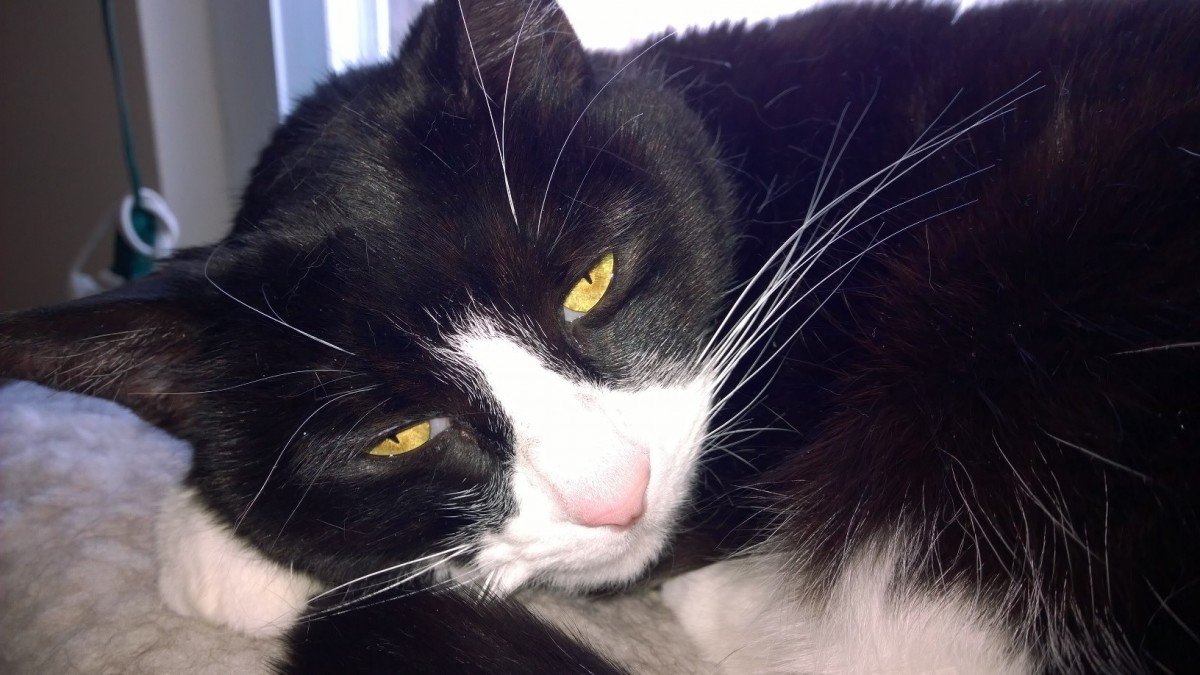
While I’m not going to argue that a dual LED flash is as good as a Xenon (it’s not), I will say the result for most instances, is quite impressive. Specifically, the Icon gets the white balance right (the Lumia 928 despite the Xenon sometimes had a yellow hue) and the shadow fill is better, with less light focus in one area. So yes, for certain instances, Xenon is undoubtedly better, but dual LEDs have significantly improved over the years and I’m fine with it on the Icon.
Everything else, including the front facing camera, is the same as the Lumia 1520. To see this camera system up against the Lumia 1020, make sure you see our photo comparison between the two.
Battery Life
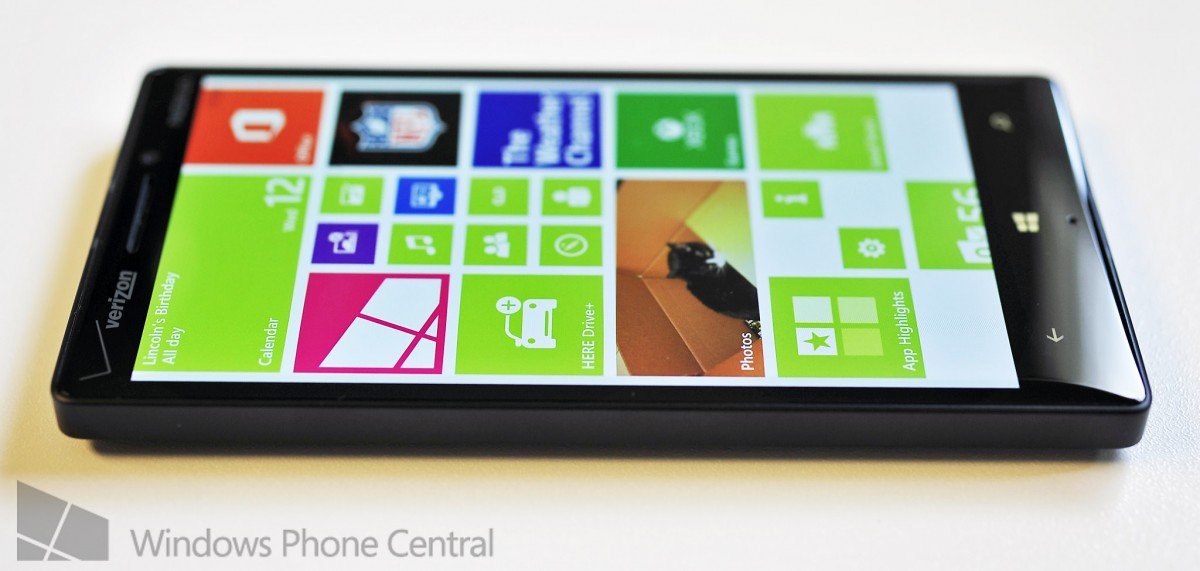
With a 2.2 GHz Quad-Core CPU and a 5-inch 1080P display, you would think that the 2420 mAh battery may not last long. That, despite the fact, that the Lumia Icon has a 400 mAh advantage over the Lumia 928. But the Snapdragon 800 is really good at managing battery life, as any Lumia 1520 owner can attest to, and the Lumia Icon is the same.
While I don’t put an exact hour usage on the Icon, suffice it to say I had no issue making it through the day with moderate usage and battery life should not be a concern.
Toss in the built in Qi wireless charging, and picking up a few re-charges during the day is easier than ever. I happen to have a few Qi chargers laying around, so it’s real easy to plop down the Icon to gain back some juice during the day. Qi is more than just expedient, it’s awesome and I’m glad it’s here on the Icon. Shame on AT&T for removing it from the Lumia 1520.
Windows Phone 8 Update 3, Lumia Black
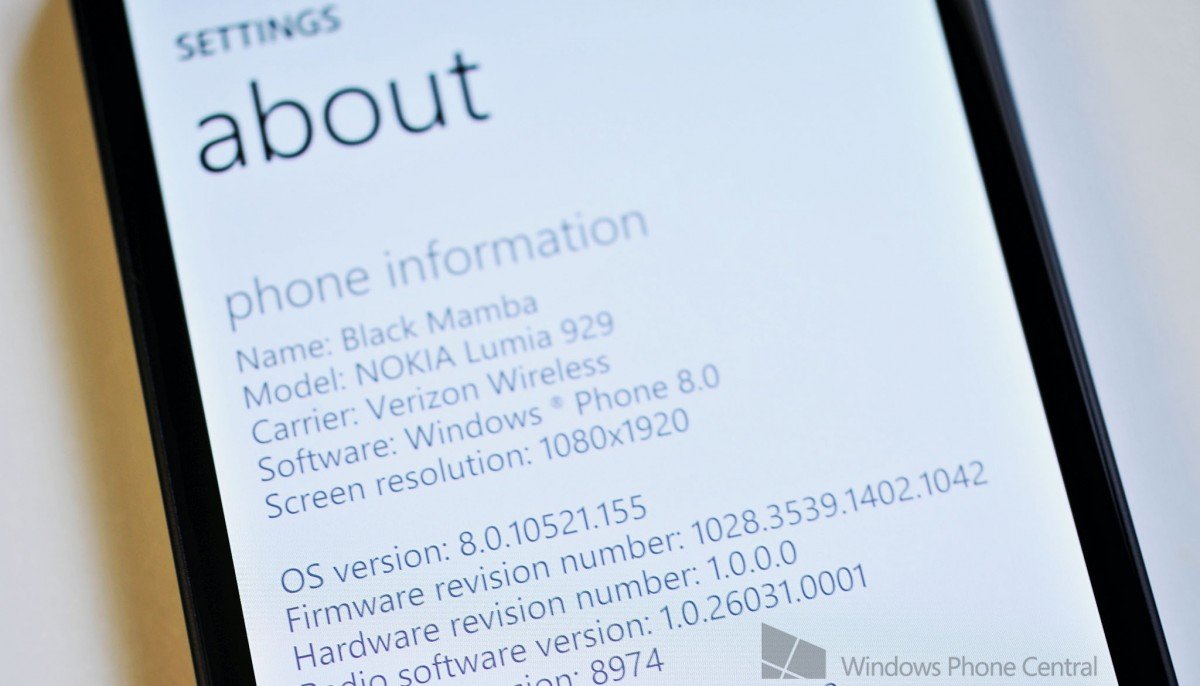
I’ve written about Update 3 in the past and you can find our overview and comprehensive coverage below. In short, Update 3 (OS build 10521) is the latest release of the Windows Phone 8 operating system. The Icon is running on all cylinders in that regard, coming with that OS preloaded.
Update 3 brings things like support for HD displays and Quad-Core processors. It also offers better Bluetooth functionality, Driving Mode to manage calls and text messages in the car, screen orientation lock, customized alerts for email or text messages, and the ability to close apps running the background. It’s a great update, one of the finishing touches before Windows Phone 8.1, due in a few months. The Lumia Icon will surely get that update, which you can read more about from our 8.1 guide.
Likewise, the Icon comes with Nokia’s latest firmware release, dubbed Lumia Black. That includes some camera enhancements, RAW support and other under the hood fixes for their customized software.
The Verizon Nokia Lumia Icon is basically running the latest of everything from Microsoft and Nokia, as it should.
Accessories
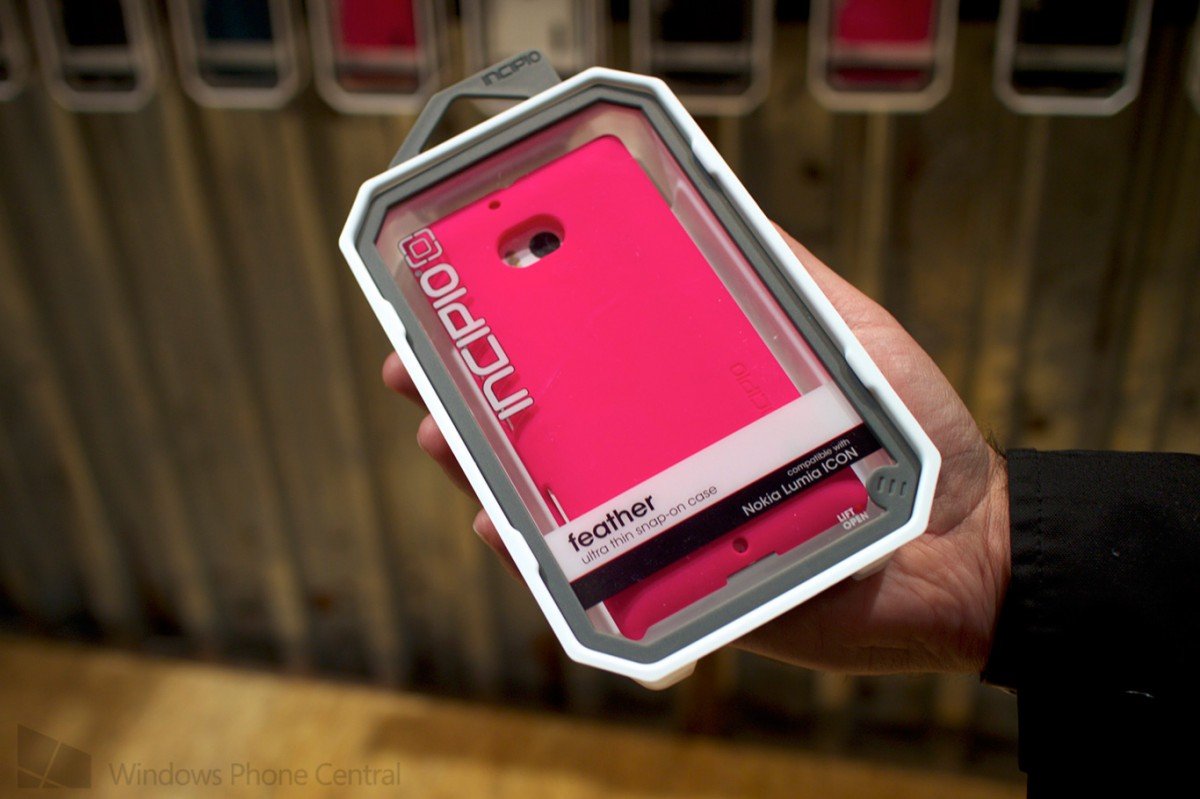
Nokia has recently teamed up with some third party manufacturers, ensuring that there will be an ample amount of cases and screen protectors for your Lumia Icon, should you choose to buy one. That’s a change from the past where ‘custom’ carrier phones like the Lumia 928 were often left without many choices.
Verizon will be stocking a handful of cases on release day for this phone, and while I’m not convinced this phone needs a case – it’s not as susceptible to slippage like the Lumia 920 or Lumia 1520 – should you desire some protecting, you should be able to have a hearty selection on day one.
Offerings from Incipio and Otterbox, to name a few, should be available at your local Verizon store, and you'll want to keep your eyes locked on our Windows Phone Central store for more Lumia Icon Accessories.
Who’s it for?
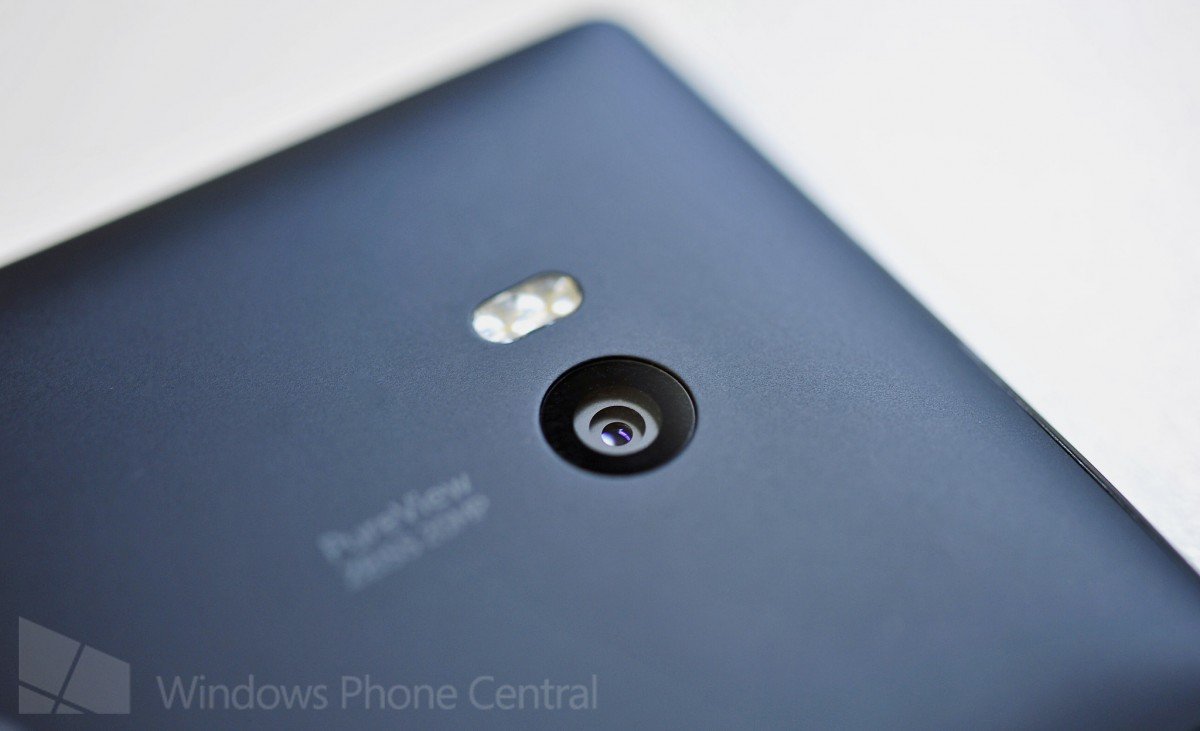
If you have a Lumia 928 and want a new device, then getting the Lumia Icon is a natural upgrade path. In fact, assuming finances are not an issue, I’d easily recommend anyone with a Lumia 928 to grab this phone. You’re getting a much beefier processor, superior camera and a display that is both larger and higher resolution. The best part? The thing feels like a 928 in terms of size.
If you’re coming from Android and iOS and you’re eyeing the Lumia Icon as a ‘switcher’ device, then I can also recommend it. The Windows Phone OS sits between iOS and Android for complexity, in fact I’d say it’s almost easier than the iPhone. It’s a solid device, one that you will be able to use for a relatively long period due to the current hardware on board. Basically, you’re getting what I would call a prime Windows Phone experience.
Video and photography buff? The Lumia Icon is literally being marketed to you by Verizon. This phone has a 20 MP PureView camera with ZEISS optics and some of the best optical image stabilization (OIS) around, making videos of your kids or concerts a primary selling point.
Coming in at $199 on-contract, the Lumia Icon is not exactly a steal, but it falls in line with Verizon’s flagship offerings. The fact is, nothing is cheap on Verizon.
What about new Windows Phone 8.1 devices? Good question. As I’ve said, the Lumia Icon will be able to get the 8.1 upgrade, but there’s no telling if Microsoft’s next update will take advantage of new hardware. Sure, in 8.1 on-screen keys will replace physical keys on some hardware releases (it’s up to the OEM) but besides that, it’s a question mark. I can say that Verizon is not known to churn out too many Windows Phones per year, so I don’t expect a new flagship 8.1 device till at least the end of 2014, making the Icon a safe bet for now. That is, unless you were considering changing carriers.
All in all though, I think those on AT&T, T-Mobile and Sprint will be eying the Icon with envy. It hits the specs right down the middle.
What happens if I put an AT&T or T-Mobile SIM into it?
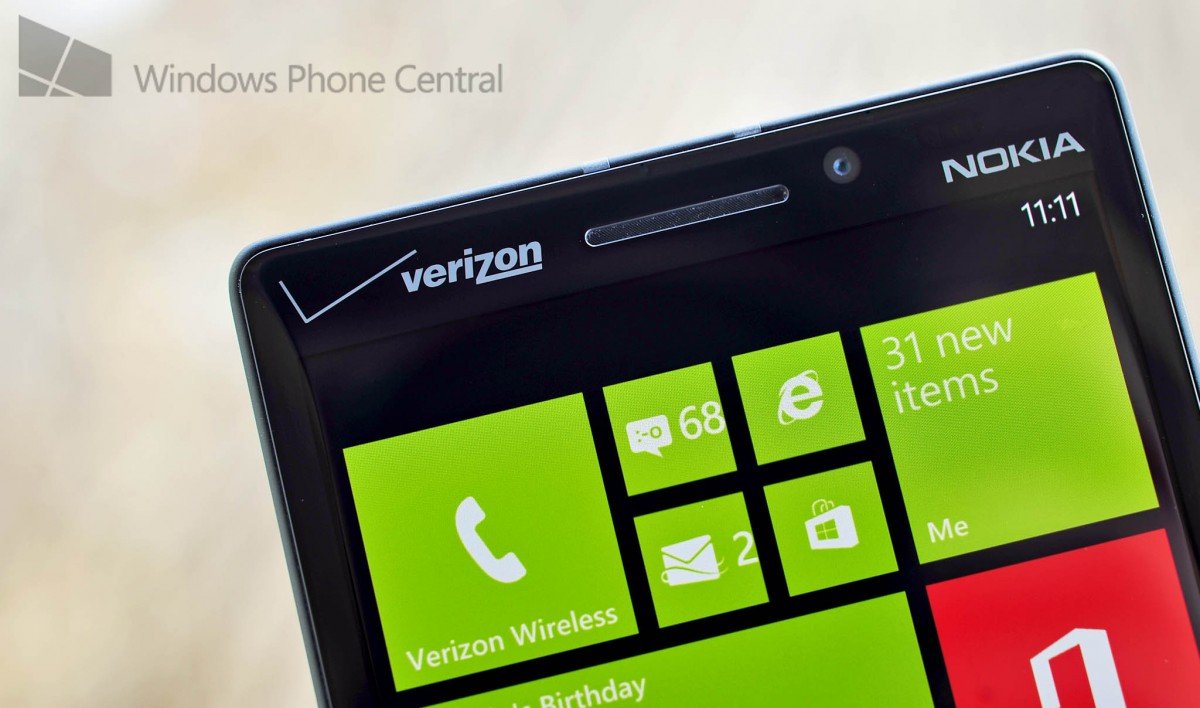
The Lumia Icon comes SIM unlocked, so yes, you can toss in a nano SIM card for any network and the phone will work. You should also pick up Nokia Access Point to ensure appropriate network and MMS settings. That app will install to Settings.
However, depending on your carrier’s LTE setup, your data connections will vary:
Networks: LTE: 700MHz; SVLTE Band 13; Band 4; CDMA: 3G EVDO 850/1900 Rev A with Rx Diversity; Global Ready: GSM (850MHz, 900MHz, 1800MHz, 1900MHz) UMTS (850MHz, 900MHz, 1900MHz, 2100MHz)
For T-Mobile, you can get HSPA (3G) connections, and it will fall back to the super-slow 2G Edge otherwise. It does not support T-Mobile LTE and I was often stuck on Edge, meaning the Lumia Icon will technically work but it’s far from ideal.
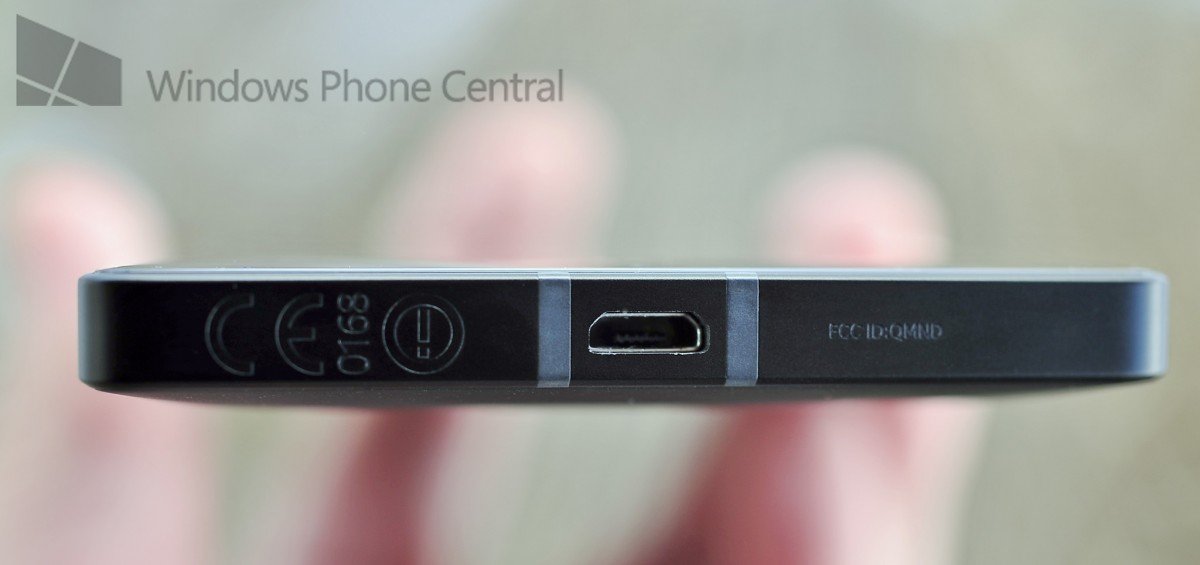
For AT&T, things are only slightly better with HSPA+ in certain locations and of course there is no issue with phone calls. However, I was not able to get LTE data either.
In other words, the Lumia Icon can work on other US networks, but you’ll be most likely sacrificing LTE network speeds to do so. Probably not the wisest bargain if you’re considering purchasing it off-contract.
Final Thoughts
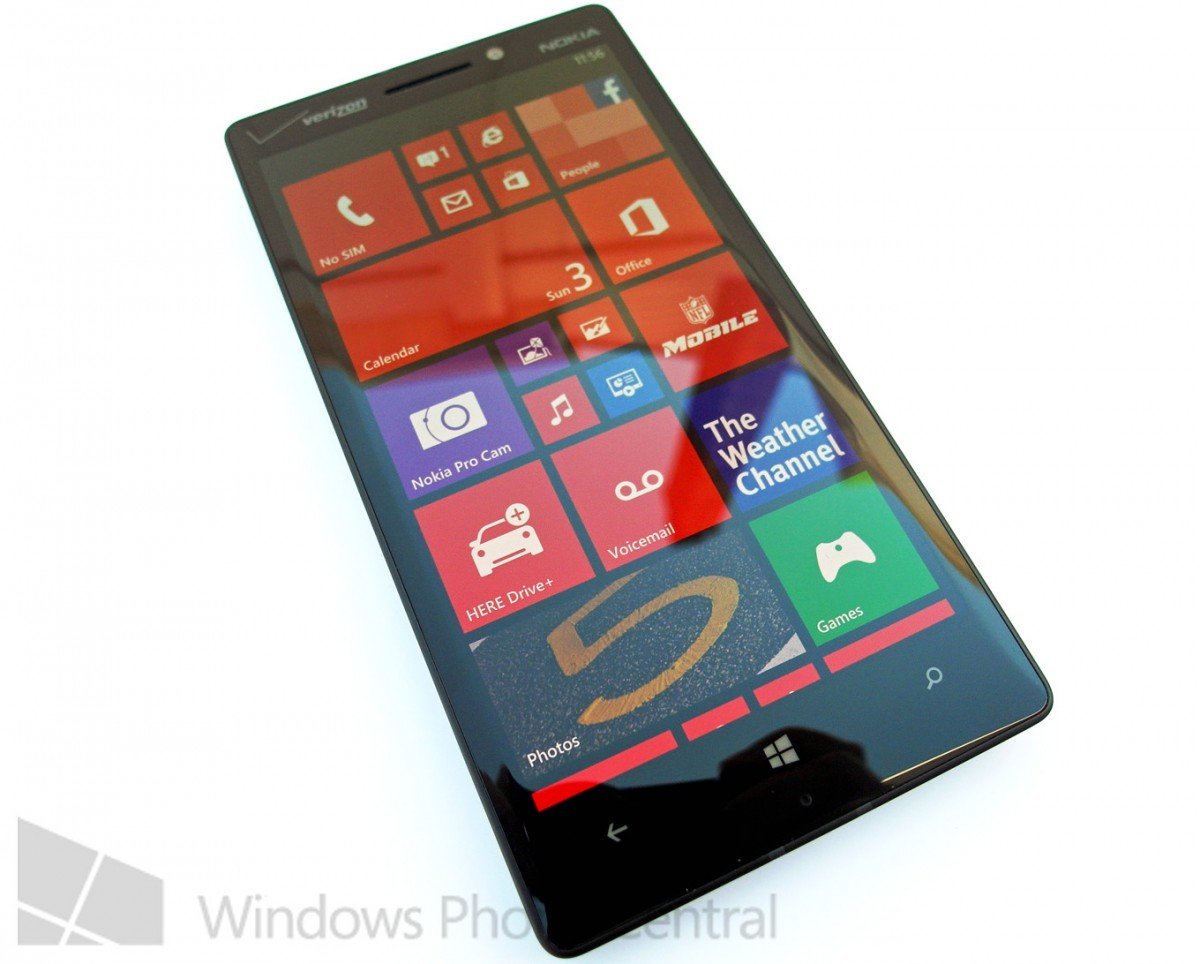
The Lumia Icon for Verizon is in many ways, the most ideal Windows Phone made so far. While many consumers coveted the specs of the Lumia 1520, just as many were put off by the sheer size. Or AT&T’s gimping of the massive phone. The Lumia Icon pretty much solves this problem by knocking the display down from six inches to a more evenhanded five, and in doing so, they have nailed the ultimate Lumia.
In fact, I can only come up with three weakness of the Lumia Icon, and those are all mild criticisms:
- It’s only on Verizon
- The design is timid
- Glance screen doesn’t work
The Glance screen omission is really the only nit of this device, and even that doesn’t rise to the level of outrage against AT&T for removing Qi from the Lumia 1520 or hobbling it at 16 GB of internal storage. It’s disappointing, but hardly a deal killer and there’s not even a guarantee that it won’t happen at some point.
The Lumia Icon being only available on Verizon is also minor. The fact is, if you’re on Verizon or are considering switching to Verizon, you don’t care. For those on AT&T, T-Mobile or Sprint, you’re probably rightly jealous, but that is kind of the point. Mission accomplished.
I don’t see this phone having a ‘global variant’ as many like to say. It’s a Verizon device through and through and it will stay that way, just like we never saw the Lumia 928 go to any other carrier. That doesn’t mean there won’t be a new flagship Lumia for the Windows Phone 8.1 launch in mid-2014 fitting this range, but it won’t be this phone.
The fact is, Verizon ordered up this phone from Nokia, so to the victor go the spoils. Kudos to Verizon and Nokia for giving the Lumia that many people have desired. Now make it in red.
Likewise, complaining about the design being ‘unexciting’ is also inconsequential. It’s simply my personal opinion, one that you may not share. The design elements do not detract in any way from device functionality and in the end that is all that matters.
All in all, Nokia and Verizon have delivered a well-made, cutting edge Lumia. The size is perfect, the specs are impressive, and it’s a real blast to use. You have everything that is great about the Lumia 1520 tucked away in a more agile body, which is something many of you have asked for. Well, this is it.
The Verizon Lumia Icon is now the definitive Windows Phone.
The Nokia Lumia Icon will be exclusively available on Verizon starting Thursday, February 20 for $199 on contract. Preorders start today, including Microsoft Stores for just $25 down. More info can be found from Nokia at www.nokia.com/us-en/phones/phone/lumia-icon
Have questions? Want to talk about the Lumia Icon? Head to our discussion and help forums dedicated to this phone: WPCentral Forums – Lumia Icon
Special thanks to Mark Guim for the video work

Daniel Rubino is the Editor-in-chief of Windows Central. He is also the head reviewer, podcast co-host, and analyst. He has been covering Microsoft since 2007 when this site was called WMExperts (and later Windows Phone Central). His interests include Windows, laptops, next-gen computing, and wearable tech. He has reviewed laptops for over 10 years and is particularly fond of 2-in-1 convertibles, Arm64 processors, new form factors, and thin-and-light PCs. Before all this tech stuff, he worked on a Ph.D. in linguistics, performed polysomnographs in NYC, and was a motion-picture operator for 17 years.
